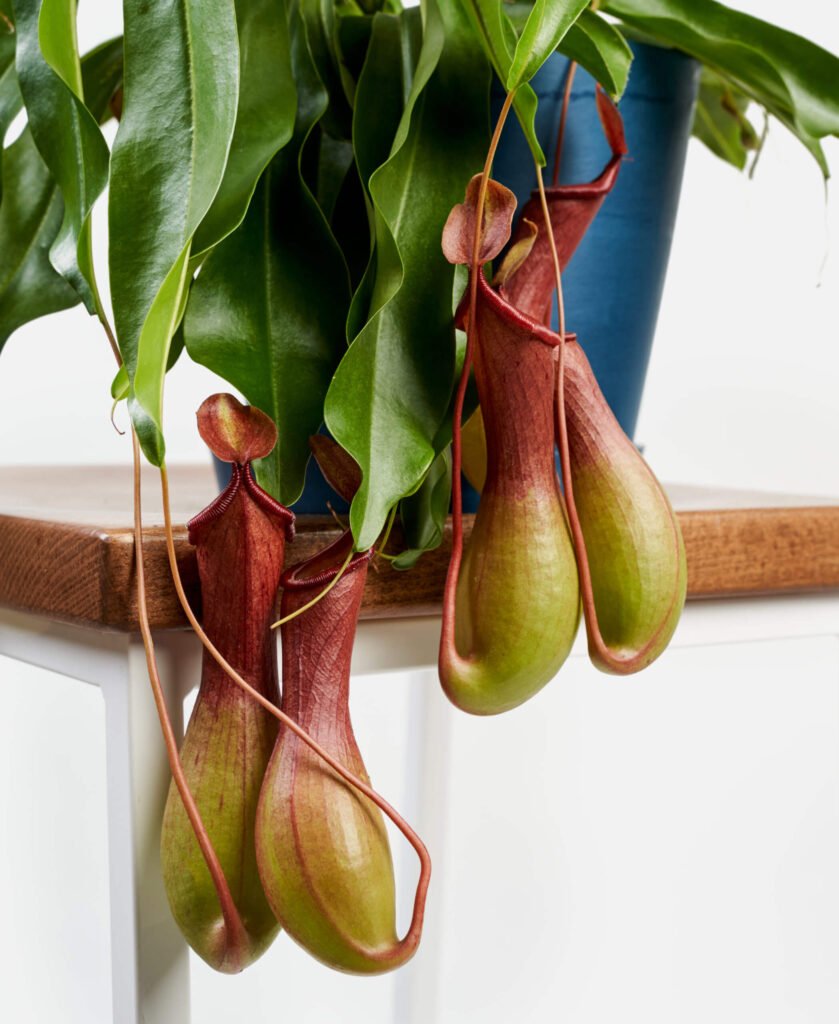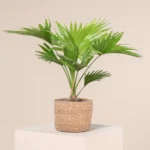Exploring the Captivating World of Carnivorous Pitcher Plants
Introduction
Pitcher Plants are a fascinating group of carnivorous plants that intrigue with their unique adaptations for trapping prey. Belonging to genera such as Nepenthes, Sarracenia, and Cephalotus, these plants are characterized by their modified leaves that form intricate pitcher-like structures filled with digestive enzymes. This guide delves into the cultivation, care, and ecological importance of Pitcher Plants, providing enthusiasts with detailed insights to successfully grow these remarkable plants.
Quick Facts
| Fact | Details |
|---|---|
| Scientific Names | Nepenthes, Sarracenia, Cephalotus |
| Common Names | Pitcher Plant, Monkey Cups (Nepenthes) |
| Native Regions | Southeast Asia, North America, Australia |
| Optimal Humidity | 60-100% depending on species |
| Optimal Temperature | 70-90°F (21-32°C) for tropical, 50-70°F (10-21°C) for temperate |
| Soil Type | Nutrient-poor, acidic, well-draining |
| Watering Needs | Consistent moisture, use distilled or rainwater |

Physical Characteristics
Pitcher Plants display a wide range of forms and sizes, from the towering Nepenthes species found dangling in tropical canopies to the stout and ground-hugging Cephalotus. Their color palette is equally diverse, with pitchers that can be brightly colored in hues of red, green, purple, and yellow to attract various prey. These adaptations not only aid in prey capture but also make them highly sought after for their ornamental value.
Nutrition, Foods to Avoid
Pitcher Plants extract necessary nutrients from the decomposition of insects and other small creatures within their pitchers. Fertilization is rarely needed and should be done cautiously if at all. Over-fertilization can harm the plants by disrupting their natural growth processes and making them reliant on soil nutrients rather than their evolutionary adaptations for capturing prey.
Health and Diseases
Common issues include root rot from overwatering and fungal infections due to high humidity without adequate ventilation. Pests such as aphids and scale insects can also affect their health. Regular monitoring and maintaining proper environmental conditions are crucial for preventing these problems.
Propagation Methods
- Nepenthes: Typically propagated from cuttings or seeds.
- Sarracenia: Often propagated by dividing rhizomes or from seeds.
- Cephalotus: Best propagated from leaf cuttings or by dividing the plant during repotting.

Pricing Information
| Type | Average Price |
|---|---|
| Small potted plant | $15 – $30 |
| Mature potted plant | $30 – $50 |
| Rare species | $50 – $200+ |
FAQs
Q: How often should I water my Pitcher Plant?
A: Water to keep the soil consistently moist but not waterlogged. Frequency depends on climate, season, and indoor conditions.
Q: Can I grow Pitcher Plants indoors?
A: Yes, Pitcher Plants can thrive indoors if provided with enough light (artificial or natural) and maintained at appropriate humidity levels.
Q: What should I do if the pitchers start to dry out?
A: Ensure that the plant is not overly dry and that humidity levels are sufficient. Consider using a humidity tray or misting the plant regularly.

References
- International Carnivorous Plant Society
- National Geographic: Carnivorous Plants
- Botanical Gardens Pitcher Plant Care Guide
Categories
Carnivorous Plants, Indoor Gardening, Exotic Plants, Sustainable Gardening, Botanical Curiosities
This guide offers everything needed to understand and successfully cultivate Pitcher Plants, from basic care to more advanced cultivation techniques. Whether for personal enjoyment or as part of a larger collection, these plants offer a window into the fascinating world of carnivorous flora, combining natural beauty with intriguing survival strategies.
Views: 3











